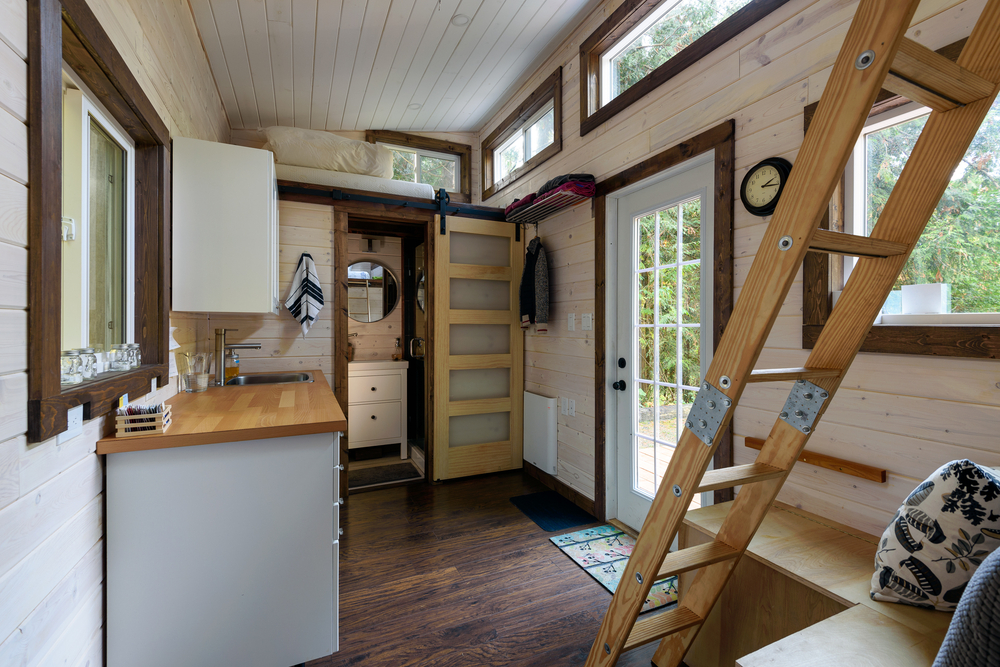In today’s tumultuous housing market, the dream of owning a spacious home with a sprawling backyard seems more elusive than ever. With skyrocketing prices and limited inventory, many Americans find themselves reevaluating their housing options. Enter the resurgence of an old concept: Tiny Homes.
In a move that reflects the dire state of housing affordability, Home Depot, a titan in the home improvement industry, has begun offering tiny homes and Accessory Dwelling Units (ADUs) on its website. One of its offerings, a quaint 444-square-foot rose cottage priced at $63,000, has captured the attention of those seeking an affordable yet charming living space.
The allure of these tiny homes lies in their affordability and the DIY aspect of their assembly. Reminiscing about Sears’ mail-order homes from the early 20th century, these tiny home kits empower buyers to take charge of their living space, piece by piece. However, it’s essential to recognize that purchasing a home kit doesn’t automatically grant the right to install it legally. Local regulations vary, and navigating them can challenge aspiring tiny homeowners.
The return of mail-order homes, pioneered by Sears decades ago, poignantly reminds us of the housing affordability crisis gripping the nation. Back then, these homes provided a beacon of hope for Americans seeking affordable housing solutions. Today, they represent a solution to a similar problem—a housing market plagued by exorbitant prices and limited options.
But why the sudden surge in interest in tiny homes? The answer lies in the relentless pressure of the housing market. For years, prospective buyers have grappled with dwindling inventory, escalating prices, and volatile mortgage rates. In such a climate, the appeal of downsizing to a smaller, more manageable living space becomes increasingly attractive.
Tiny homes offer more than just a roof over one’s head; they embody a lifestyle centered around simplicity, minimalism, and sustainability. In a world where excess and extravagance often reign supreme, the tiny house movement champions a different ethos that prioritizes mindful consumption and environmental stewardship.
Moreover, tiny homes promise financial freedom. By significantly reducing housing expenses, homeowners can allocate their resources to other aspects of their lives—whether it’s pursuing passions, traveling the world, or saving for the future. In a society burdened by debt and financial insecurity, this newfound freedom is nothing short of revolutionary.
Yet, the path to tiny homeownership has its challenges. Beyond the logistical hurdles of assembly and installation, there’s the overarching issue of zoning laws and regulations. While some municipalities embrace ADUs as a solution to housing shortages, others maintain stringent restrictions that make it difficult for tiny homes to flourish.
Despite these obstacles, the tiny house movement continues to gain momentum, driven by a collective desire for change and resilience in the face of adversity. As Home Depot joins the ranks of retailers offering tiny home solutions, it signals how we perceive homeownership—a shift towards flexibility, affordability, and sustainability.
Ultimately, the rise of tiny homes is not just a response to the housing market pressures; it’s a testament to the human spirit’s capacity to adapt and innovate in the face of challenges. As we navigate the uncertain terrain of the modern housing landscape, one thing remains clear: the dream of homeownership, in all its forms, endures. And for many, that dream now comes in a much smaller package.






